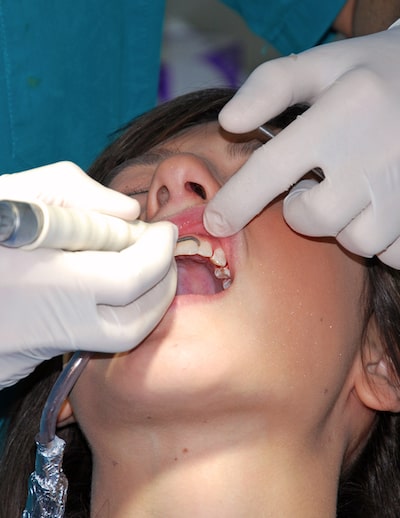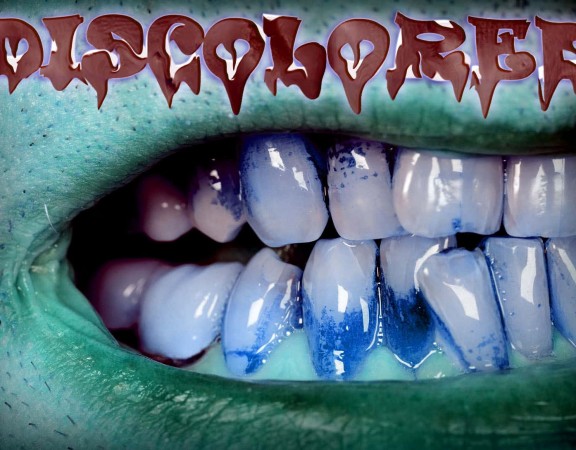Not all gum lines are created equal as some are uneven while others are high or low in their appearance. If you are self-conscious about the appearance of your gum line, one of the most popular methods to change it is gum contouring AKA gingivoplasty.
What is Gum Contouring and Why is it Necessary?
 In general, gum contouring is an elective dental procedure where the dentist reshapes or re-sculpts the gumline of a person. The procedure involves removing or cutting away excess gum tissue that is located around the teeth. Patients suffering from gum recession have the procedure to restore their gum tissue.
In general, gum contouring is an elective dental procedure where the dentist reshapes or re-sculpts the gumline of a person. The procedure involves removing or cutting away excess gum tissue that is located around the teeth. Patients suffering from gum recession have the procedure to restore their gum tissue.
Even though the treatment is an elective procedure that is often done for cosmetic reasons, there are times when the dentist will recommend the patient have it for oral health reasons or as a medical necessity. For example, patients with periodontal disease might need gum contouring if dental cleanings or antibiotics do not restore the health of the gums.
Gum Contouring – How it is Performed
During the procedure, the doctor uses a scalpel or soft tissue laser to remove any excess gum tissue as well as resculpt the gumline in order to expose more of the tooth. The dentist might use sutures to hold the impacted gum tissue in place.
If the gum contouring treatment requires the addition of gum tissue, the doctor will remove tissue from another area of the mouth (such as the palate). The surgical procedure will secure the tissue around the teeth in order to lengthen as well as restructure the gumline.
The overall length of the surgery depends on the amount of contouring and restructuring the dentist needs to perform. In general, the procedure can usually take one to two hours to perform.
Gum Contouring – Recovery Time
Gum contouring requires little downtime, but the total healing process can take anywhere from days to weeks (depending on the amount of work performed by the dentist).
After the procedure, the doctor might prescribe a pain reliever, or you can take an over-the-counter medication like ibuprofen to help control the pain. Any swelling can be reduced by applying a cold compress or ice pack to the mouth for 15-20 minutes at a time. The gums and mouth will be sensitive for a few days, so it is recommended to eat soft foods such as soup or applesauce.
During your follow-up appointment, the doctor will examine the gums to monitor how well they are healing and to make sure there are no signs of an infection or excessive discharge from the gums.
Gum Contouring – Ideal Patients
Patients with excess gum tissue that causes a “gummy smile” can benefit from the surgery as well as those with a gum line that is uneven or asymmetrical in appearance. Gum contouring can also be performed on patients looking to reduce the tissue that is located around a tooth where a restoration is going to be placed (as too much tissue might cause the restoration to not fit properly).
Patients should also be in good oral health and not have any tooth decay or periodontal disease. If these issues are present in the teeth and gums, they should be addressed by the dentist before gum contouring is performed.
Gum Contouring Cost
It is important to remember that gum contouring is normally performed for cosmetic reasons which means it will be classified as an elective procedure. If the treatment is deemed to be elective in nature, dental insurance will typically not cover the cost. If the dentist determines that the procedure is medically necessary to preserve the teeth and/or improve the functionality of the mouth, dental insurance will usually cover some portion of the cost. Be sure and ask your dental provider if you have any questions about how to determine if the procedure will be covered by insurance.
The total cost depends on the amount of gum tissue that is removed or restored by the dentist. The cost will also include any medical facility fees and anesthesia costs.
Gum Contouring – How to Get Started
The first step in the gum contouring process is scheduling an appointment with an experienced and board-certified dental surgeon who has previous experience in performing gum contouring surgery. The dentist will examine the mouth to ascertain the overall health of the teeth and gums and to determine if you are an ideal candidate for the procedure.
The consultation appointment is also the ideal time for you to address any questions or concerns you have regarding the type of results you can expect to see as well as questions about the performance of the surgery. It is important to have all of the information possible about gum contouring so you can make an educated decision about having the treatment.
Once the doctor has finished the dental exam and answers all of the questions you have about the procedure, you can go ahead and schedule your gum contouring surgery.






